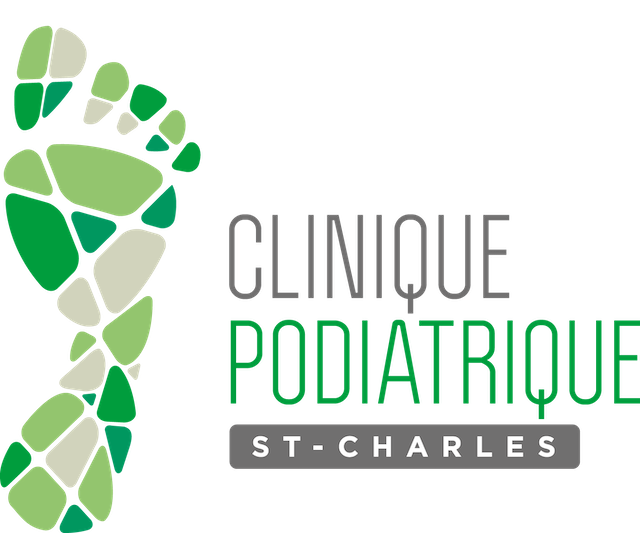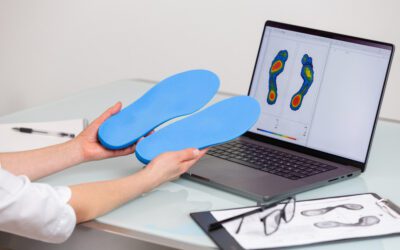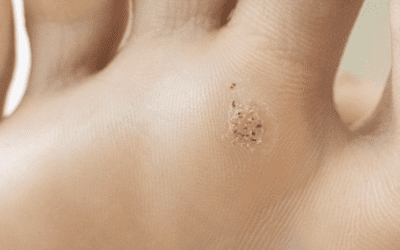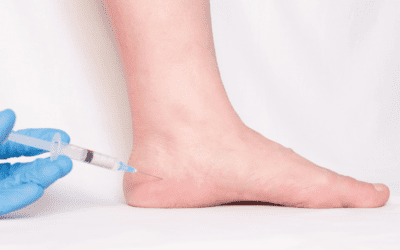Context and Importance of choosing the right shoes for babies
The choice of a baby’s first shoes is a pivotal moment in a child’s development. Historically, baby shoes have significantly evolved from simple slippers to increasingly sophisticated models.
Today, they are designed to provide comfort and support to still-developing feet, this evolution reflects a growing understanding of the baby’s foot’s unique anatomy, a flexible, sensitive, and constantly growing foot, selecting the right shoes is crucial, as it directly impacts the learning of walking and long-term podiatric health.
A baby’s foot, often seen bare or in simple slippers, begins to need support when the child takes their first steps. Therefore, it’s essential to choose the correct size, material (like leather), and type of sole.
A child’s first shoes must not only fit the shape of their foot but also support their first steps. This wise choice will help prevent foot diseases often seen in podiatric consultations.
By better understanding the feet of babies and young children, and the close link between the shape of the foot and the type of appropriate shoe, parents can make an informed choice, thus laying the foundation for healthy walking and optimal podiatric development.
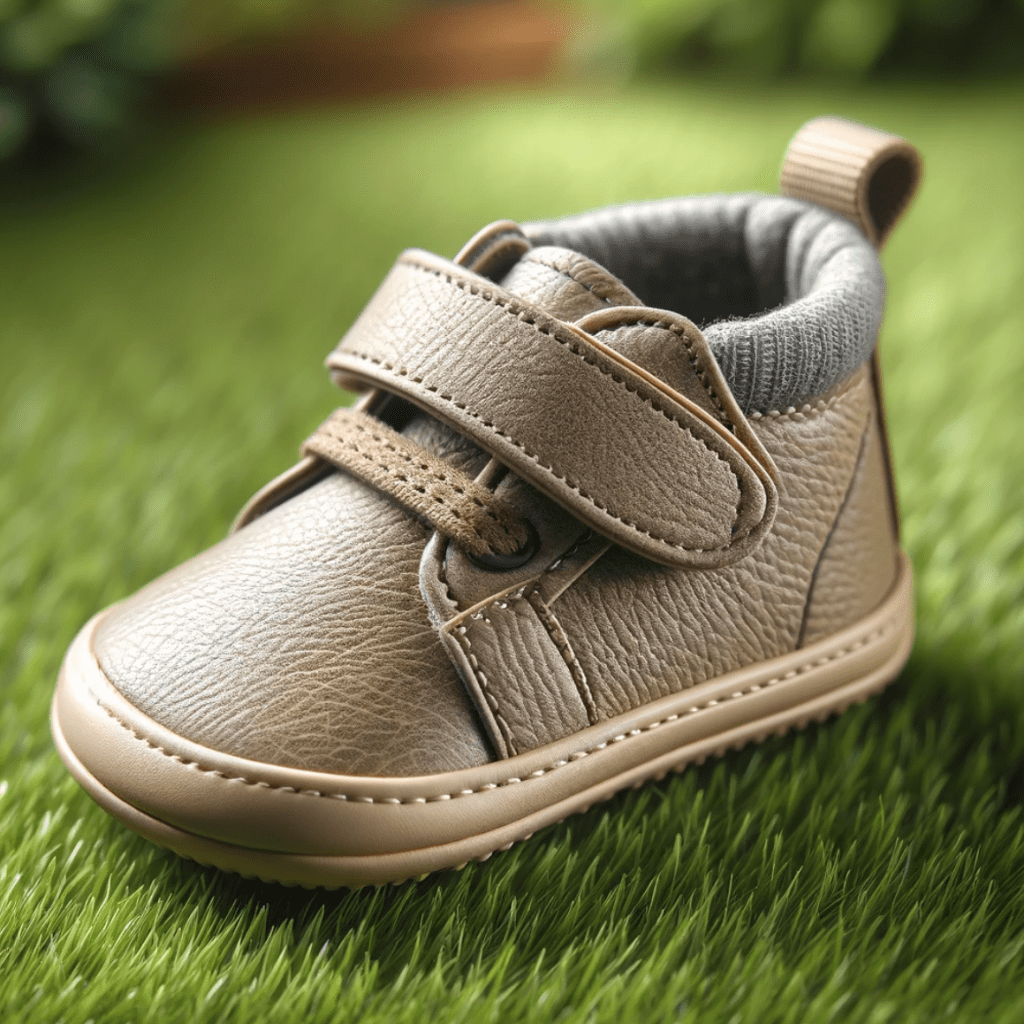
Signs, symptoms, and complications related to poor shoe choices
When a baby’s or young child’s shoes are not suitable, it can manifest through various signs and symptoms. These indicators include redness, pressure marks, or damaged nails, signifying that the shoes are too narrow or poorly fitted. Similarly, frequent falls or an unusual gait can be signs that the shoes hinder the natural movement of the foot.
The complications of a poor shoe choice can vary in severity. In milder cases, it may simply cause temporary discomfort.
However, unsuitable shoes worn for an extended period during the first years of life can lead to more serious issues, such as alteration of the arch or deformations of the toes. These problems can negatively influence the natural development of the child’s feet and even affect their posture and gait in the long term.
During a consultation, the podiatrist assesses the child’s feet by observing the shape, size, and mobility of the feet and toes. They also examine the child’s shoes for signs of abnormal wear, which can indicate a poor fit to the foot’s morphology. This evaluation helps determine if the current shoes are suitable or if it’s necessary to choose a new, more appropriate pair. Therefore, it is crucial to closely monitor the child’s feet and gait, as well as the condition of their shoes. Regular observation and a podiatric evaluation, if necessary, can help prevent complications and ensure the child’s feet develop healthily.
Risks and podiatric problems related to inadequate shoes
Choosing inappropriate shoes for a baby or young child can lead to a range of podiatric problems. One of the most common concerns is foot nails.
Too tight or poorly fitted shoes can cause ingrown toenails, a painful condition where the nail penetrates the surrounding skin, this can lead to infections and require medical intervention.
Besides nail issues, inadequate shoes can also cause foot deformations. For example, shoes that are too narrow or have a cramped toe box can compress the toes, leading to deformations like hammer toes. Moreover, a lack of support in the arch area can lead to developmental issues with the arch, essential for walking and good posture.
Shoes should be chosen not only for their size but also for their shape and function. Well-chosen shoes allow for natural growth and movement of the foot, thus reducing the risk of podiatric problems.
Parents should pay attention to the child’s walking learning, the flexibility of the shoes, and their ability to mimic the feeling of bare feet while providing sufficient protection and support.
To assess if a pair of shoes is adequate, it’s important to ensure that the child has enough space at the front to move their toes, that the sole is flexible, and that the shoe fits correctly. Regularly changing shoes as the child’s feet grow is also crucial to prevent podiatric problems.
Prevention and recap of key points
Choosing the right shoes for babies and young children is a fundamental element to ensure their healthy podiatric development. As we’ve seen, a poor choice can lead to various problems, from ingrown nails to foot deformations.
It is, therefore, vital to pay special attention to the choice of a baby’s first shoes, as well as subsequent shoes during the child’s early years.
Parents should prefer shoes that are suited to the size and shape of the child’s foot, promoting natural growth and movement. It’s important to choose shoes with enough space for the toes, a flexible sole, and good arch support. The fit should allow the child’s feet to develop without constraint while providing the necessary support.
Prevention is key. Regular monitoring of the child’s feet and shoes, along with a consultation with a podiatrist in case of abnormal signs, can help prevent future complications. By choosing shoes wisely, monitoring the growth and health of the child’s feet, parents can play a crucial role in promoting healthy walking and optimal podiatric development for their child.
In summary, choosing the right shoes for babies should not be taken lightly.
It’s a decision that affects not only their immediate comfort but also their long-term podiatric health. By being informed and attentive, parents can ensure that their children take their first steps in life with the best possible support.
